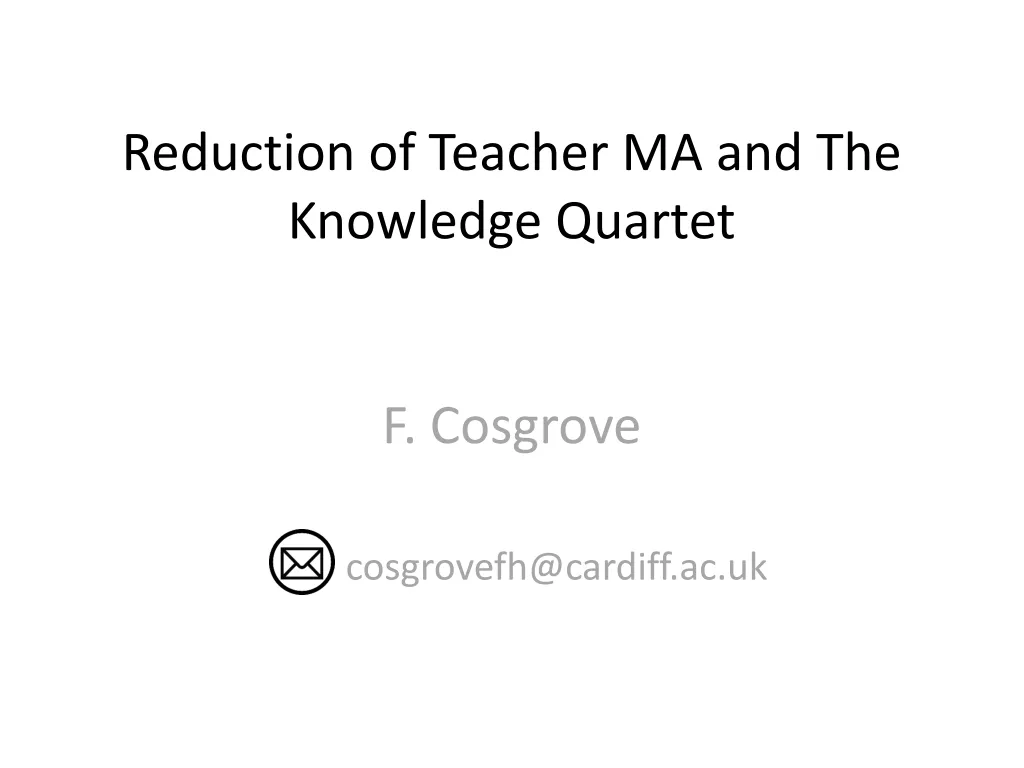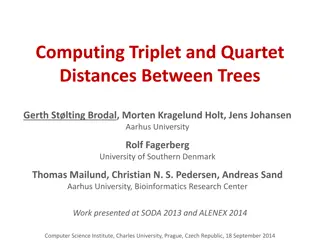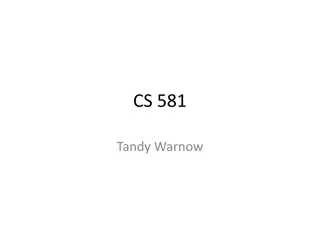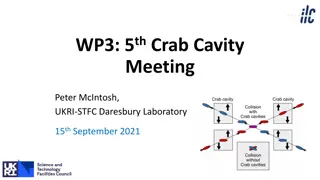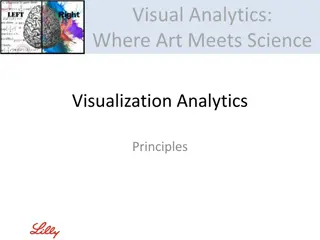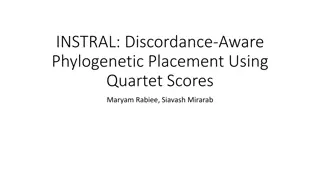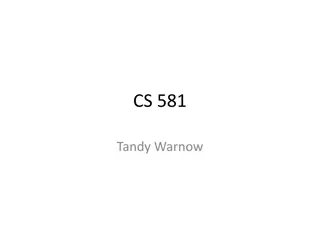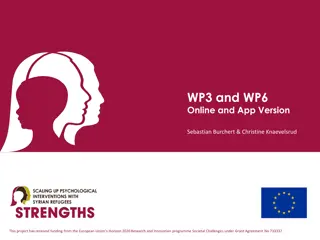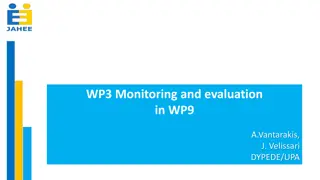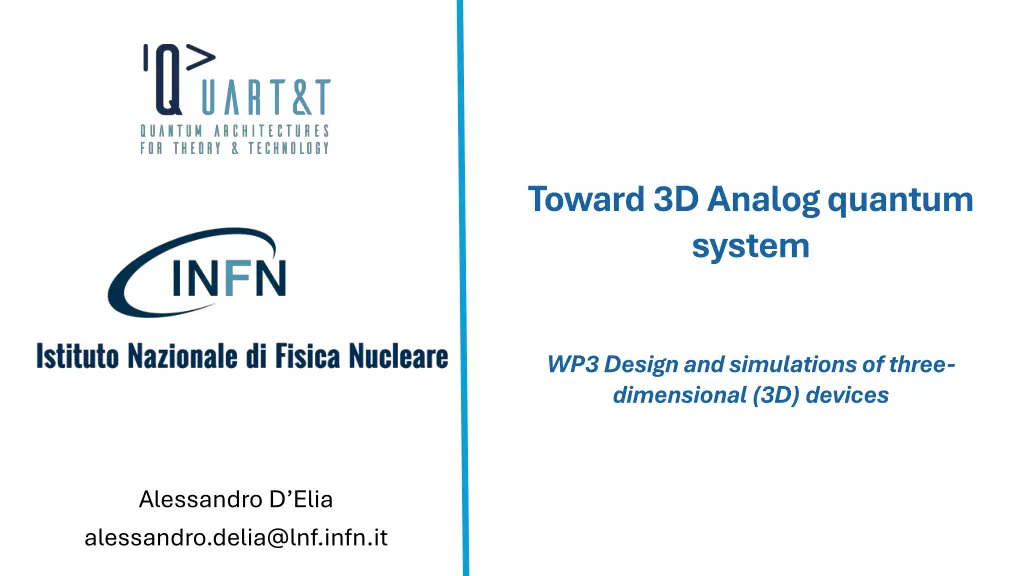
Analog Quantum System Design and Simulations for 3D Devices
Explore the design and simulations of three-dimensional (3D) devices for an analog quantum system. Learn about tunable couplings, all-to-all connectivity, Qudits circuit, and Quantum Electrodynamics. Discover the significance of all-to-all connectivity in optimizing quantum algorithms and reducing computational overhead.
Download Presentation

Please find below an Image/Link to download the presentation.
The content on the website is provided AS IS for your information and personal use only. It may not be sold, licensed, or shared on other websites without obtaining consent from the author. If you encounter any issues during the download, it is possible that the publisher has removed the file from their server.
You are allowed to download the files provided on this website for personal or commercial use, subject to the condition that they are used lawfully. All files are the property of their respective owners.
The content on the website is provided AS IS for your information and personal use only. It may not be sold, licensed, or shared on other websites without obtaining consent from the author.
E N D
Presentation Transcript
Toward 3D Analog quantum system WP3 Design and simulations of three- dimensional (3D) devices Alessandro D Elia alessandro.delia@lnf.infn.it
Introduction WP3 Design and simulations of three-dimensional (3D) devices Tunable Couplings All-to-all Connectivity Qudits Circuit Quantum Electrodynamics (cQED)
Introduction QML QML Many quantum algorithms, require the application of two-qubit gates to create entanglement. If the qubits are not directly connected, entangling two distant qubits will require SWAP gates to "move" the quantum state along the circuit. More Efficient Optimization: More Efficient Optimization: A network of qubits with all-to-all connectivity allows for the implementation of more complex and flexible circuit structures. This simplifies the mapping of theoretical algorithms onto physical circuits, enabling better parameter optimization and reducing computational overhead.
Nearest neighbour coupling Qubit coupled by circuit topology with nearest neighbour range
All-to-all connectivity Qubit network coupled by single bus Quite large inter qubit coupling dispersion Probing dynamical phase transitions with a superconducting quantum simulator,K. Xu et al Sci. Adv. 6, (2020)
All-to-all connectivity PRO PRO Enhanced qubit connectivity Qubit network coupled by RING RESONATOR Minimized cross talk Reduced variation in interqubit coupling for different qubit pairs Up to 12 qubits ( each coupled with 9 others qubits) CONS CONS The qubis are distributed on the circumference and must be placed carefully (fine angular control) Precise control on the working frequency Ring-Resonator-Based Coupling Architecture for Enhanced Connectivity in a Superconducting Multiqubit Network Sumeru H. et al, Phys. Rev. Applied (2021)
Ring resonator coupler Only 3 values of couplig : gmax, gmax/ 2 and 0 Ring-Resonator-Based Coupling Architecture for Enhanced Connectivity in a Superconducting Multiqubit Network Sumeru H. et al, Phys. Rev. Applied(2021)
EM simulation in progress Simulation by S. Tocci
Whats coming next? We We need need to to answer answer the following the following questions questions Can we reproduce this plot? Can we improve the design? Can we work at higher frequency? (smaller ring) Can we improve the number of qubits?
Thank Thank you you for for your your attention attention

